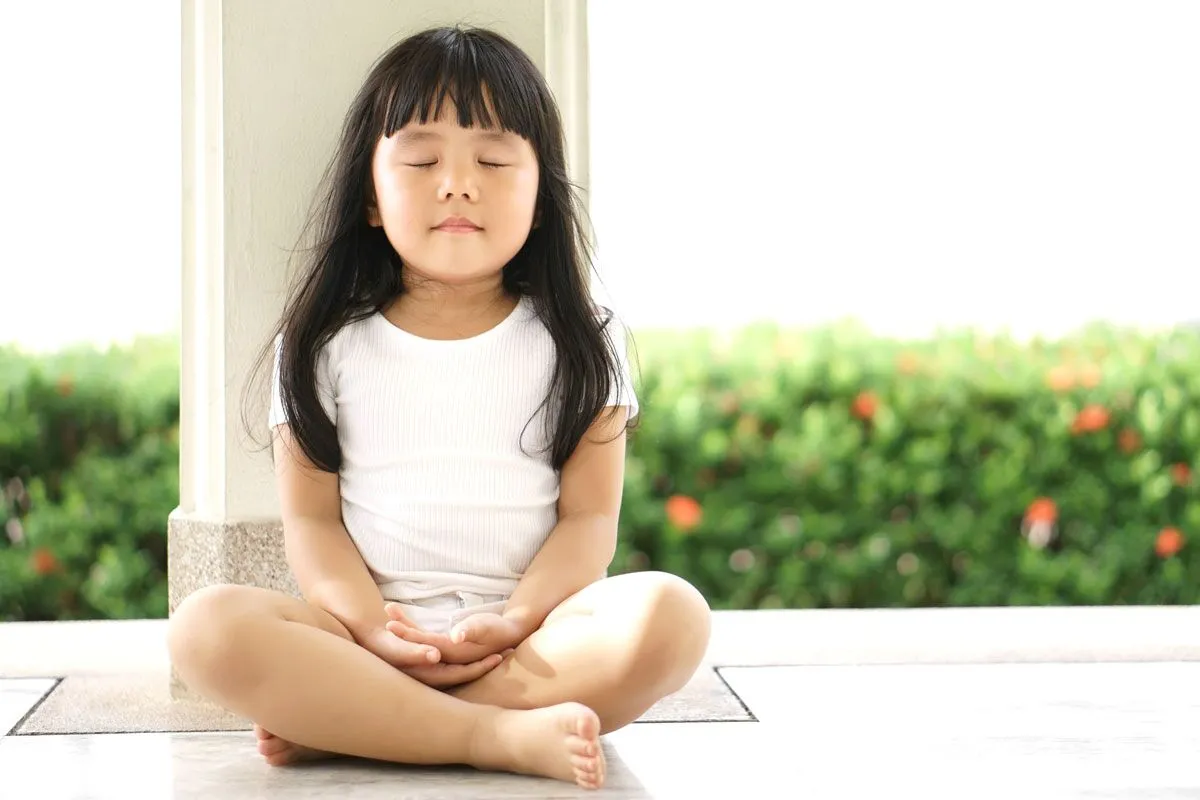As delightful as our little ones are, sometimes we can’t help but get frustrated by the meltdowns and tantrums.

Of course, you know the importance of helping your little ones calm down first and only then having a friendly chat about what made them so upset. This does the trick a lot of times. But sometimes your attempts at soothing your little one prove as helpless as trying to put out a forest fire by blowing air on it.
Fortunately, countless parents across the world have fought the same battle. And luckily, a handful of proven strategies have emerged from those battles that can soothe even the fiercest tantrum-throwers out there.
So without any delay, let’s look at six strategies that work like a charm.
1. Take Deep Breaths
Did you know when we get anxious or tense, we unconsciously shift to rapid and shallow breathing?
That’s why our number one recommended strategy for calming down is to control your breathing by taking slow and deep breaths, a simple act that can produce anxiety and stress relieving neurons out of, well, thin air.
So the next time your child gets frustrated, have them practice this move:
- Breathe in slowly through the nose and hold for a few seconds
- Slowly exhale through the mouth.
- Repeat until they start to feel better

2. Try an Inversion
According to recent studies, inverting the body has a restorative effect on our autonomic nervous system, which controls the body’s response to stress.
So whether your kid does it through a child’s pose or by bending over to touch their toes, as long as their body is inverted, they will feel calmer instantly.

3. Take a Mental Vacation
- Tell your child to close their eyes and take a few deep breaths
- Ask them to picture a calming destination, like a beach.
- Help them think about the sounds and smells of their happy place. For instance, the sound of waves crashing, birds chirping, and people laughing while enjoying the fresh air and salty scent of the beach
4. Get Moving
Many recent studies have shown, exercise can be a great way to channel nervous energy because it releases feel-good endorphins that uplift our mood.
So here are some fun exercises you can try with your kid when they’re feeling down:
- Run a couple of laps around the yard, playground, or any other place safe for running
- Challenge your kid to a jumping contest with three categories: who can jump the highest, longest, and fastest
- Put on some music and jump rope to the beat continuously for 3 minutes. If your child can’t jump rope, lose the rope and just jump for fun


5. Try the 5-4-3-2-1 Challenge
The 5-4-3-2-1 challenge helps pull us into the senses of our bodies and out of the overly-activated emotion center of our brain.
Here’s how it works: you have to name five things you can see, four things you can hear, three things you can touch, two things you can smell, and one thing you can taste.
To get the most out of the 5-4-3-2-1 challenge, you can incorporate it into your child’s life by telling them that they have to do it whenever they’re feeling frustrated.
6. Give Them a Hug
Did you know a 20 second hug produces oxytocin, a naturally occurring hormone in our body that boosts feelings of well-being, lowers blood pressure, and relieves the harmful physical effects of stress?
That’s why nothing relaxes a child like a warm hug from the parents. So the next time your kid acts out, give them a big hug instead of questioning their behavior right away. Once they start to feel better, talk about what made them so upset that they behaved inappropriately.
All of these strategies work on different occasions. So if one of them doesn’t work for your child, try another one. We guarantee that your kid will be all calm long before you run out of options.

